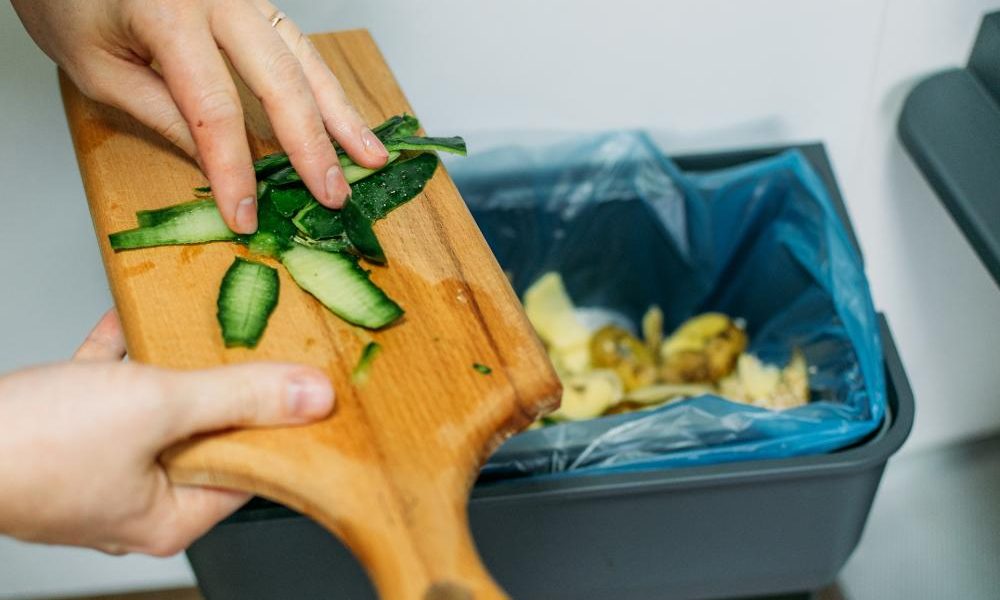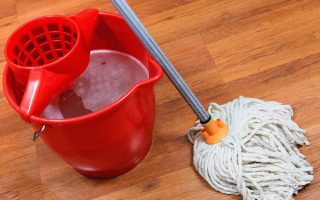Composting is a simple yet powerful way to recycle kitchen scraps and yard waste into valuable compost for your garden. It’s nature’s way of recycling, turning what would be trash into a rich, nutrient-dense resource. This guide will take you through everything you need to know about composting at home, helping you reduce waste and enhance your garden’s health.
Why Compost?
Environmental Benefits
Composting helps reduce the amount of waste that ends up in landfills. According to the US Environmental Protection Agency (EPA), composting can significantly decrease greenhouse gas emissions and improve soil health. By composting your organic waste, you’re playing a part in mitigating climate change and promoting sustainability.
Soil Health
Jeff Lowenfels, a gardening expert, emphasizes, “Compost is the magic ingredient for healthy soil and thriving plants. It improves soil structure, adds nutrients, and helps to suppress plant diseases” (Source: Teaming with Microbes). The nutrients in compost help plants grow stronger and more resilient.
Personal Satisfaction
There’s a unique satisfaction in creating your compost and using it to nurture your garden. As Mary Appelhof, an advocate for worm composting, says, “Worm composting is an easy and enjoyable way to turn kitchen scraps into nutrient-rich compost. It’s a great activity for kids and adults alike, and it’s a wonderful way to teach about the importance of recycling” (Source: Worms Eat My Garbage).
Getting Started with Composting
Choosing a Composting Method
There are several methods of composting, each with its advantages. Here are a few popular ones:
Traditional Composting
This is the most common method, where you collect organic waste in a compost bin or pile. It requires regular turning to aerate the compost and ensure even decomposition.
Worm Composting (Vermicomposting)
In this method, worms are used to break down organic matter. It’s particularly good for smaller spaces or indoor composting. Vermicomposting produces rich compost called worm castings, which are excellent for plants.
Bokashi Composting
This is an anaerobic method that ferments organic waste using a special bran inoculated with beneficial microbes. It’s fast and can handle a wider variety of food scraps, including meat and dairy.
Setting Up Your Compost Bin
Location
Choose a location that’s convenient but out of direct sunlight to prevent the compost from drying out. If you’re using an outdoor bin, ensure it’s easily accessible.
Types of Bins
You can purchase a compost bin or make your own. There are many types available, from simple wire mesh to more sophisticated tumbling bins. The key is to find something that fits your space and composting needs.
What to Compost
Green and Brown Materials
A healthy compost pile requires a balance of green (nitrogen-rich) and brown (carbon-rich) materials.
Green Materials
- Kitchen scraps (fruit and vegetable peels, coffee grounds, eggshells)
- Grass clippings
- Manure
Brown Materials
- Dry leaves
- Straw or hay
- Paper and cardboard
Karl Hammer, a composting expert, explains, “Composting is a continuous process. It’s important to maintain the right balance of ‘green’ (nitrogen-rich) and ‘brown’ (carbon-rich) materials to ensure that your compost pile is healthy and productive” (Source: The Rodale Book of Composting).
What Not to Compost
To keep your compost healthy and odor-free, avoid composting:
- Meat and dairy products
- Grease, oils, and fats
- Diseased plants
- Pet waste
- Weeds that have gone to seed
Maintaining Your Compost Pile
Aeration
Turning your compost pile regularly helps introduce oxygen, which is essential for the decomposition process. This can be done with a pitchfork or a compost aerator. Aerating your compost also helps to prevent unpleasant odors.
Moisture
Your compost should be as damp as a wrung-out sponge. If it’s too dry, add water or green materials. If it’s too wet, add more brown materials to absorb the excess moisture.
Temperature
A well-maintained compost pile will heat up as the materials decompose. This heat is a sign that the composting process is working efficiently. The ideal temperature range for composting is between 135°F and 160°F. If your compost isn’t heating up, it may need more green materials or better aeration.
Harvesting Your Compost
Compost is ready to use when it looks dark and crumbly and has an earthy smell. Depending on the method and conditions, this can take anywhere from a few months to a year. To harvest, sift the compost to remove any large, undecomposed pieces, which can be added back into the compost bin.
Using Your Compost
In the Garden
Compost can be used to enrich garden beds, potting mixes, and lawns. It improves soil structure, increases nutrient content, and helps retain moisture.
Mulching
Spread compost around plants as a mulch to help retain moisture, suppress weeds, and slowly release nutrients into the soil.
Soil Amendment
Mix compost into your garden soil to improve its texture and fertility. This is especially useful for heavy clay soils or sandy soils that lack nutrients.
Personal Anecdotes and Tips
I remember the first time I started composting. I was a bit skeptical about keeping a pile of kitchen scraps in my backyard, but I decided to give it a try. My initial setup was simple – just a wooden frame with some wire mesh. Over the weeks, I was amazed at how quickly the pile broke down into rich, dark compost. I used it in my vegetable garden, and the results were incredible. My plants were healthier, and the yield was better than ever.
One of my favorite composting tricks is to keep a small container in the kitchen for scraps. This makes it easy to collect peelings, coffee grounds, and other compostable materials without making frequent trips to the compost pile. Just be sure to empty it regularly to avoid any odors.
The Role of Composting in Sustainability
Composting is more than just a gardening practice; it’s a step toward a more sustainable lifestyle. By diverting organic waste from landfills, you’re reducing methane emissions and helping to mitigate climate change. Additionally, composting supports sustainable food systems by improving soil health and reducing the need for chemical fertilizers.
Nicky Scott, a sustainability advocate, points out, “Composting is an important part of reducing our impact on the environment. By composting our food scraps and yard waste, we can divert tons of material from landfills and create a valuable resource for our gardens and communities” (Source: Reduce, Reuse, Reimagine).
Troubleshooting Common Composting Issues
Odors
If your compost pile smells bad, it’s likely too wet or has too many green materials. Add more brown materials and turn the pile to introduce more oxygen.
Pests
To prevent pests, avoid adding meat, dairy, and fatty foods to your compost. Ensure your bin is securely closed, and cover any food scraps with brown materials.
Slow Decomposition
If your compost isn’t breaking down, it may need more green materials to provide nitrogen or more frequent turning to introduce oxygen. Check the moisture level as well – it should be damp but not soggy.
Conclusion
Composting at home is a rewarding and sustainable practice that benefits both your garden and the environment. By following these simple steps and tips, you can create rich, nutrient-dense compost that will help your plants thrive. Remember, composting is a journey, and every small effort contributes to a larger impact. Whether you’re an experienced gardener or just starting, composting is a valuable skill that can make a significant difference in your gardening success and environmental footprint.




